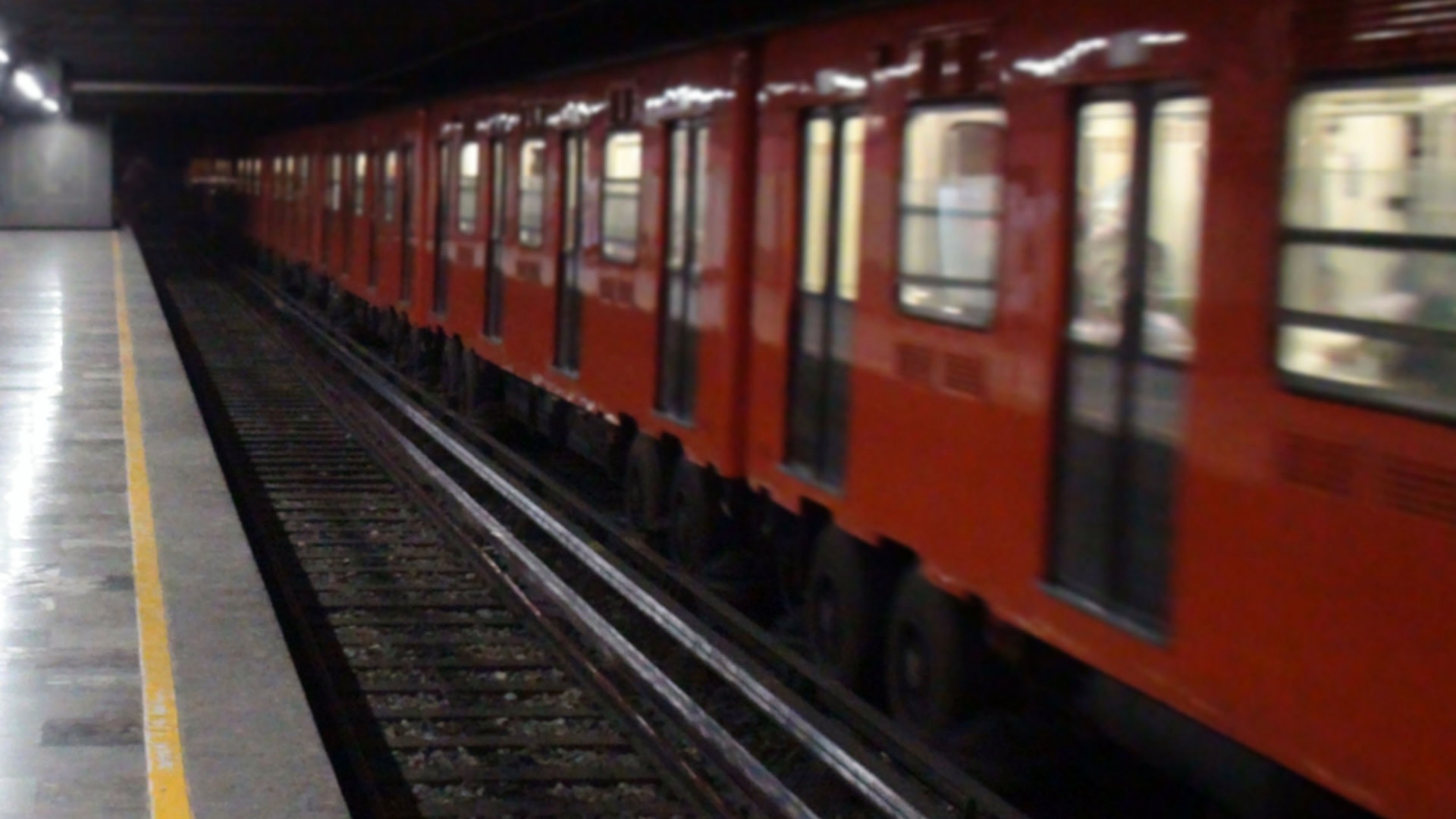A study showed Mexico City is sinking up to 20 inches per year, and it’s wreaking havoc on infrastructure.
What’s happening?
Published in Scientific Reports, the paper highlighted hazards with the city’s Metro system, which features 140 miles of underground, aboveground, and elevated tracks, Undark Magazine reported, publishing several photos of questionable areas. Only the New York City subway system has a larger public transit network in North America.
Because this sinking, called subsidence, is related to the extraction of water from the ground and the composition of sediment, different areas are moving at different rates; some aren’t sinking at all.
In 2021, an overpass collapsed as a train crossed it, sending two rail cars onto a highway below. Twenty-six people were killed. The design, construction, and supervision of the project as well as a lack of maintenance were blamed for the failure.
Darío Solano-Rojas, the lead author of the study, said the research — including data and analyses, which were conducted prior to the event — detected “differential displacements” but that subsidence couldn’t be blamed without further evaluation, according to Undark.
Why is subsidence important?
“When you’re here in the city, you get used to buildings being tilted a little,” said Solano-Rojas, a remote-sensing scientist and geophysics professor at La Universidad Nacional Autónoma de México. “You can feel how the rails are wobbly. Riding the Metro in Mexico City feels weird. You don’t know if it’s dangerous or not — you feel like it’s dangerous, but you don’t have that certainty.”
Not great.
Public transit should not feel dangerous. It’s much safer for pedestrians, cyclists, and individual drivers in addition to the planet, producing 62% less planet-warming gas pollution per passenger mile than single-occupancy vehicles, according to the Department of Transportation. (Bus figures skyrocket from 33% to 82% when the bus is full; in the United States, buses are usually at 28% capacity.)
Specific problems Undark cited with the Distrito Federal system are water accumulation at dips, which can cause electrical issues, and increased grade, as some parts of the track are twice as steep as the 3.5% maximum slope.
“Trains can get derailed very easily if there is a slight change in the leveling of the railways,” environmental security expert and Virginia Tech associate professor of geophysics and remote sensing Manoochehr Shirzaei told the outlet. “Most of the infrastructure has certain thresholds; it tolerates a certain level of differential land subsidence. But often they don’t account for the rate that we see, for example, in Mexico City.”
What’s being done about subsidence?
Subsidence alters the effects of sea level rise as well since waters don’t have to climb as much to cause damage if the ground is sinking too.
Undark noted easing groundwater pumping can slow subsidence — a strategy that’s working in Shanghai and Tokyo — and that recycling wastewater helps too. Other solutions include increasing green spaces that can soak up rainfall, reducing impermeable surfaces such as concrete, and building on stilts.
“Such efforts are increasingly urgent as climate change exacerbates droughts in many parts of the world, including Mexico City, putting ever more pressure on groundwater supplies,” the outlet stated.
Join our free newsletter for cool news and cool tips that make it easy to help yourself while helping the planet.

